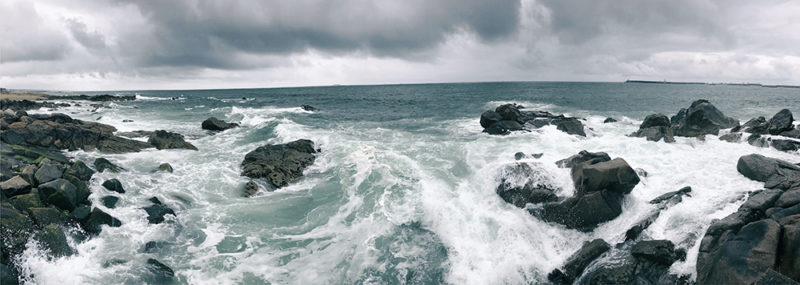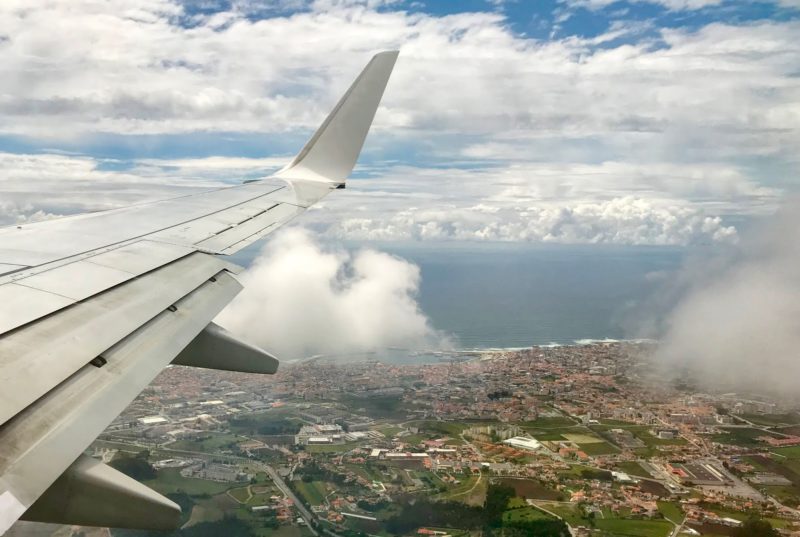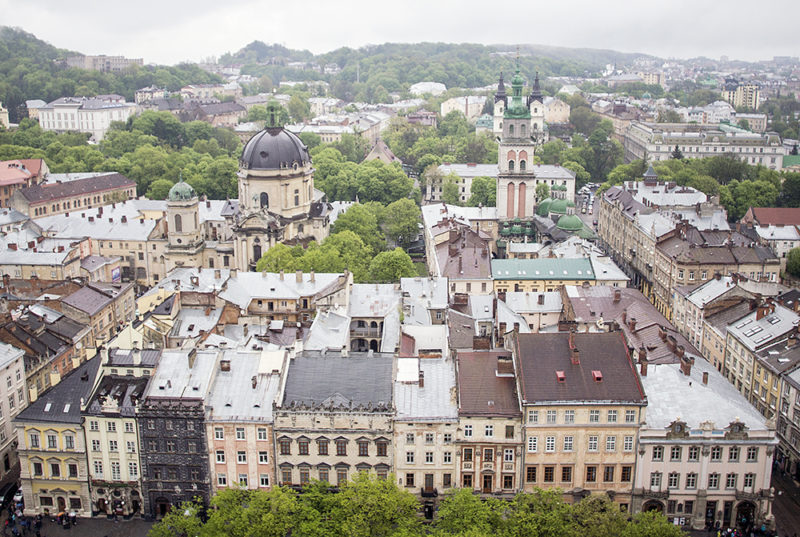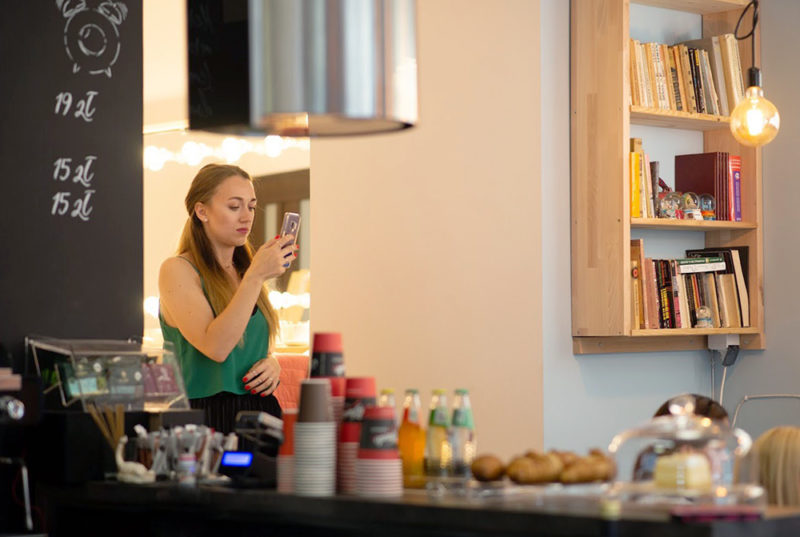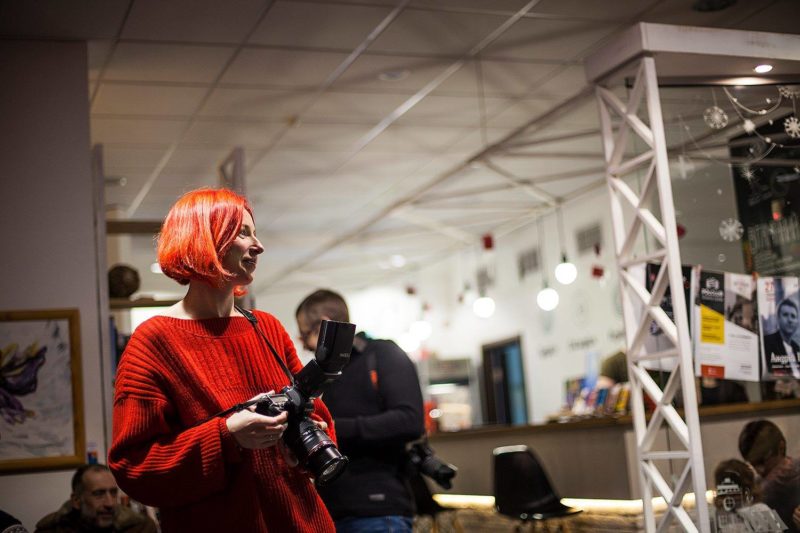Bokeh is translated from Japanese as blurred or not clear. The Japanese, as we know, are the best specialists in the world for naming something, which seems to have no name.
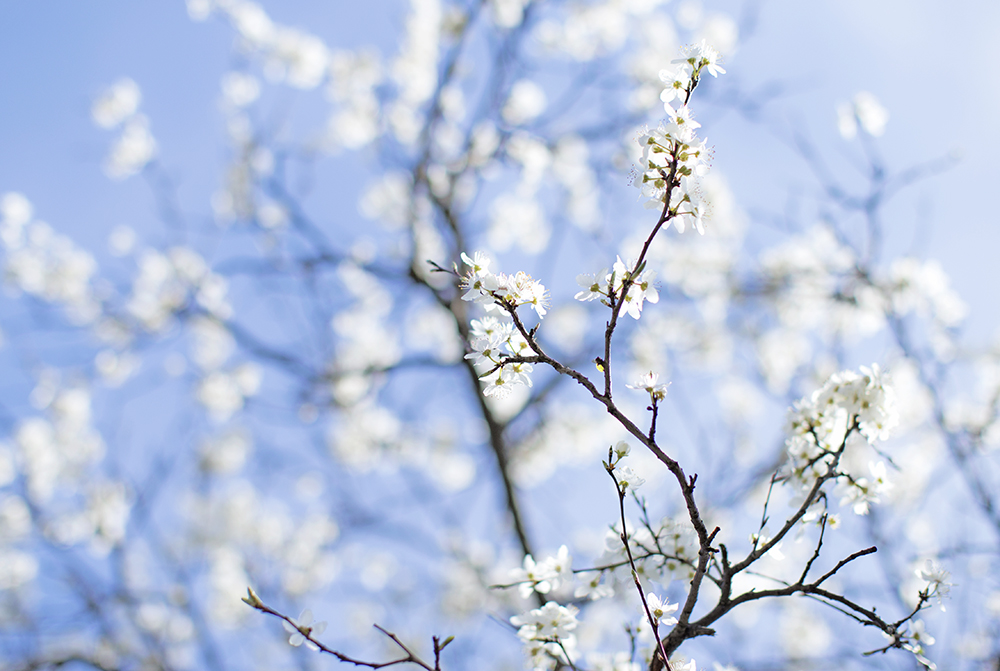
How would we call Bokeh if not these wonderful people? It’s hard to imagine. Bokeh is in the form of soft blur and in the form of clear circle. It can also be pentagonal, round and oval. Even in the form of hearts or spirals. “Well, it is, you know, um… such a phenomen… such a thing… which comes out when the diaphragm… and there is kinda light through it… and if there are a lot of small objects in the background… however no, there may not be many small objects… ” )))
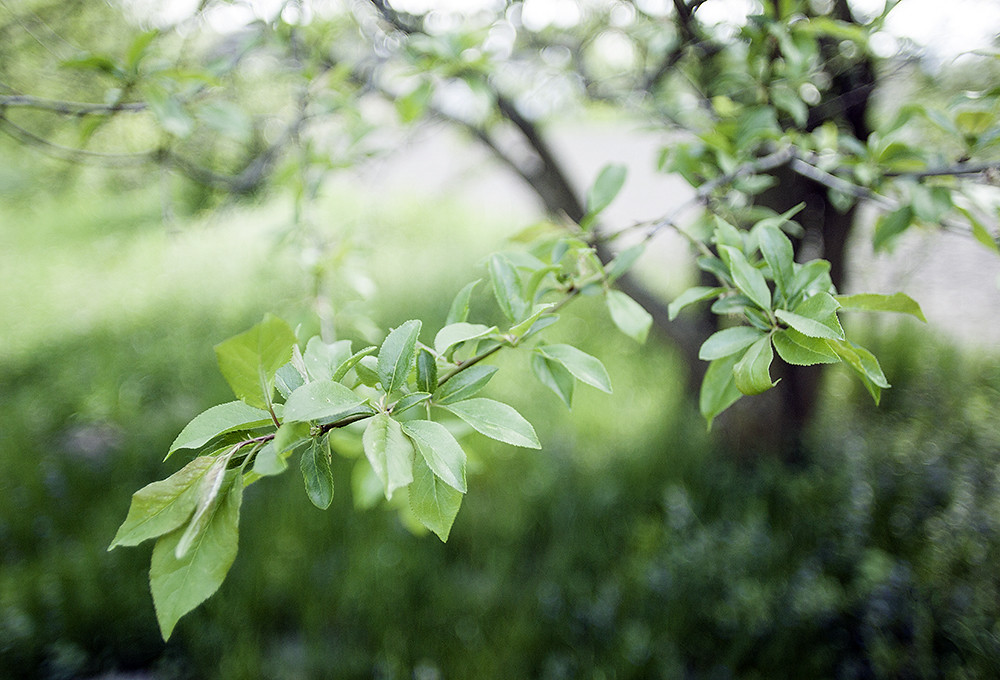
In general, the official name is a blur, which represents the subjective artistic preferences of the part of the image that appeared in the photo beyond the depth of field. Well, you see, today we will talk about Bokeh.

1. Diaphragm. To achieve this blur, set the camera to Aperture mode and open it as wide as possible. The wider the Aperture means the smaller value, such as f/1.2-f/3.5, the more light falls on the matrix. Therefore there are special lenses that allow you to open the aperture to such small values, they are called “fast” lens.
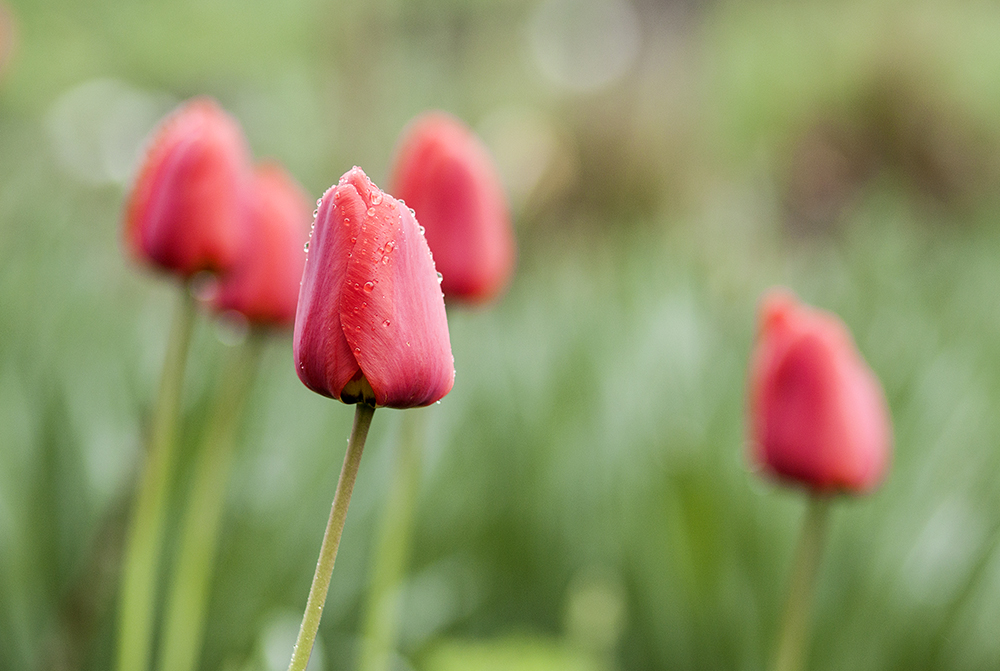
2. The distance between you and the main hero should be small. Depth of field is a necessary element in creating bokeh, which depends not only on the degree of aperture, but also on the distance that separates you from the main object in the photo. So come closer.
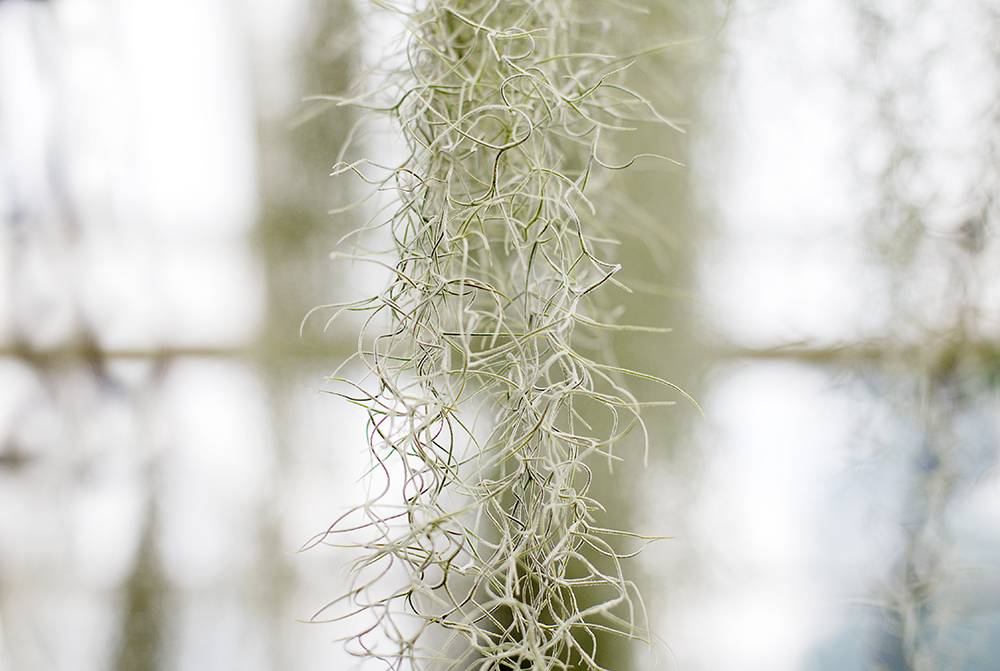
3. The distance between the background and the main hero should be large. The more, the better. This is also due to the depth of field – the farther the background from the focus point, the more it blurs.
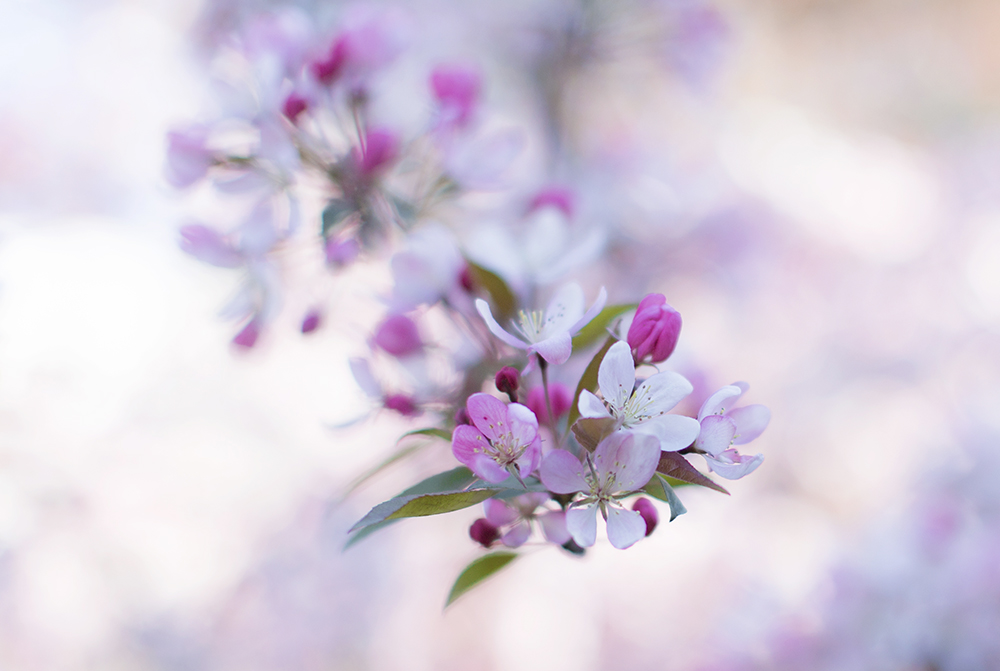
4. Focus. When concentrating on the background, do not forget to make sure that the main hero in the foreground is in focus.

5. Light. The subject you have chosen as the main hero in the photo should be well lit. Or, conversely, not illuminated at all: then against the background of bokeh you will have a clear dark silhouette. A poorly lit and not perfectly dark object will confuse the viewer.
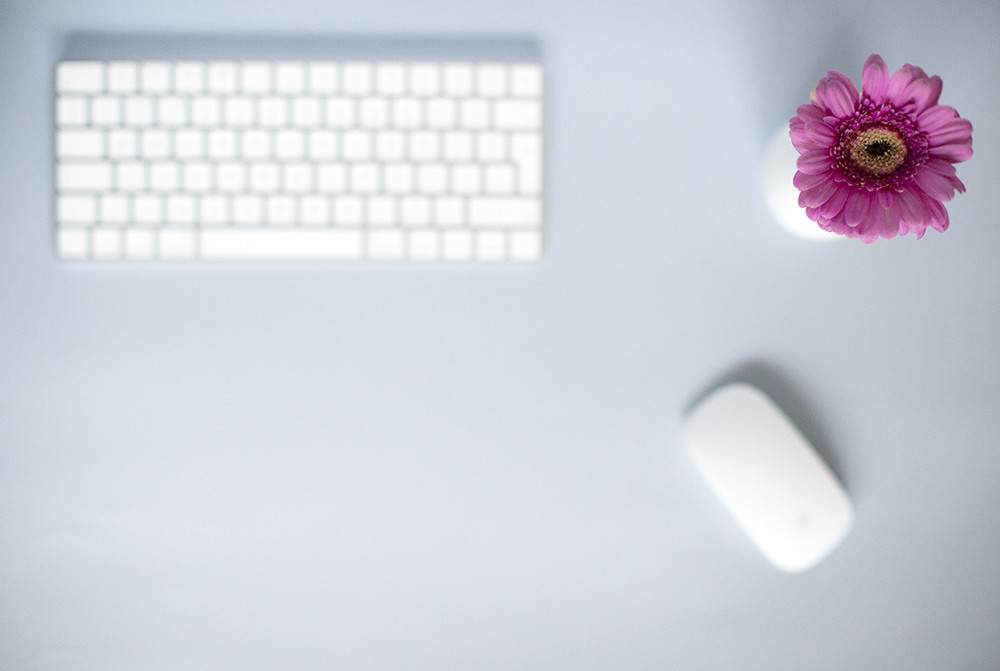
6. Dirt. Everything except the main hero will be blurred. Therefore, the environment for this object must be selected carefully. Make sure there is no dust, crumbs or scratches on the surface – they will make the blur untidy.

7. Background. Small light sources can be a good background. You can use a Christmas garland, or you can go outside and find a place where there are lights that have nothing to do with New Year.

8. Color. Compatible and incompatible colors in photography are a large and complex science that is difficult to put in a nutshell. In general, try to have no more than two or three colors in any shot that “coexist” harmoniously with each other.
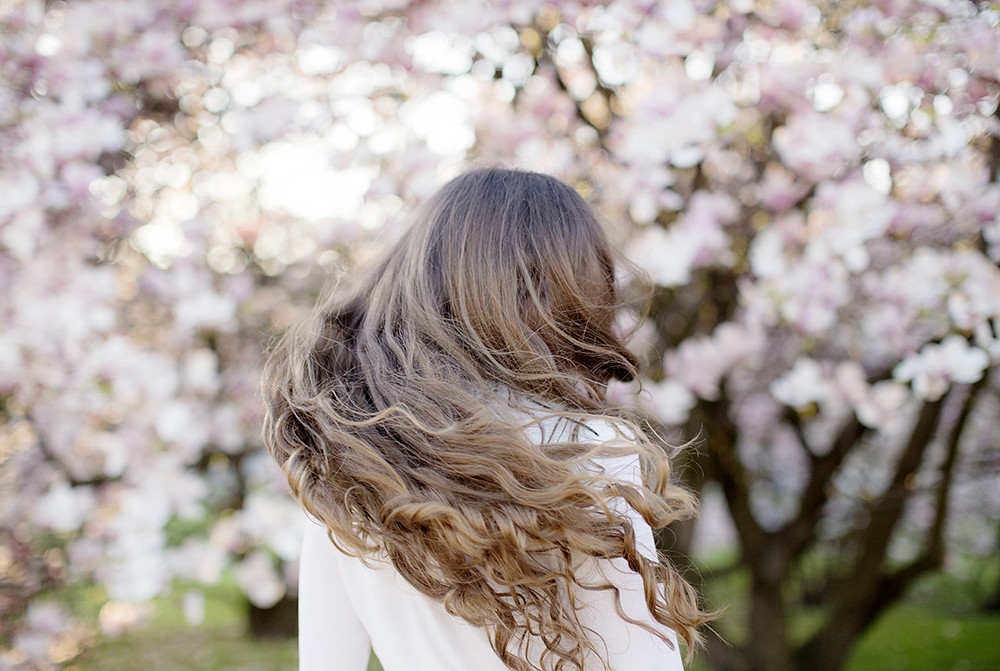
9. Portrait photography. Bokeh can become a part of the portrait as well as the outfit or makeup of the model. Add some atmosphere and mood to the picture.
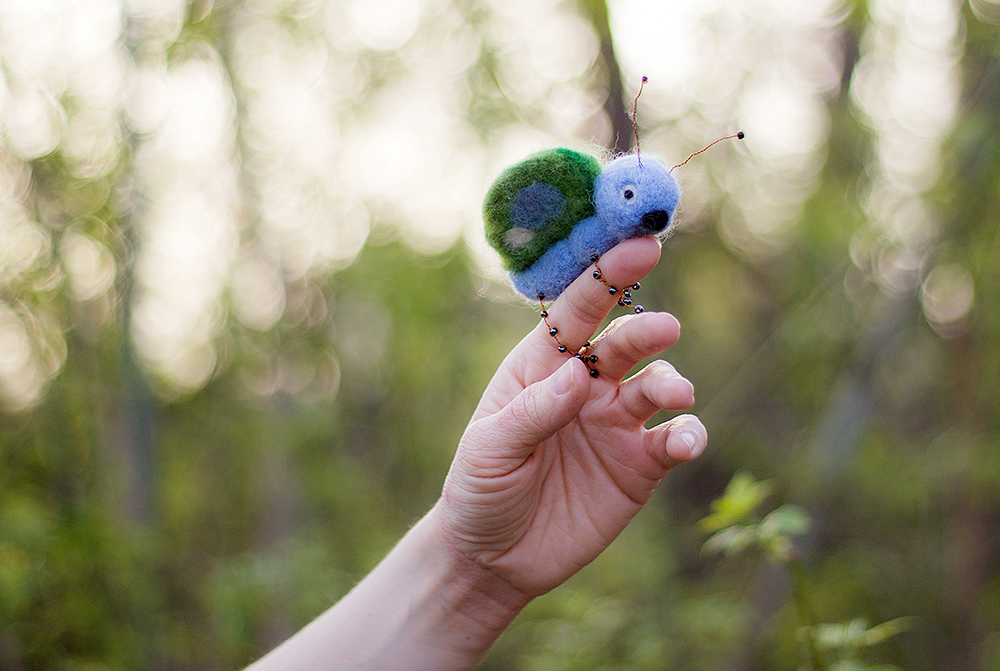
10. Macro shooting. If you want to focus the viewer’s attention on a small individual object, you just can’t do without bokeh.
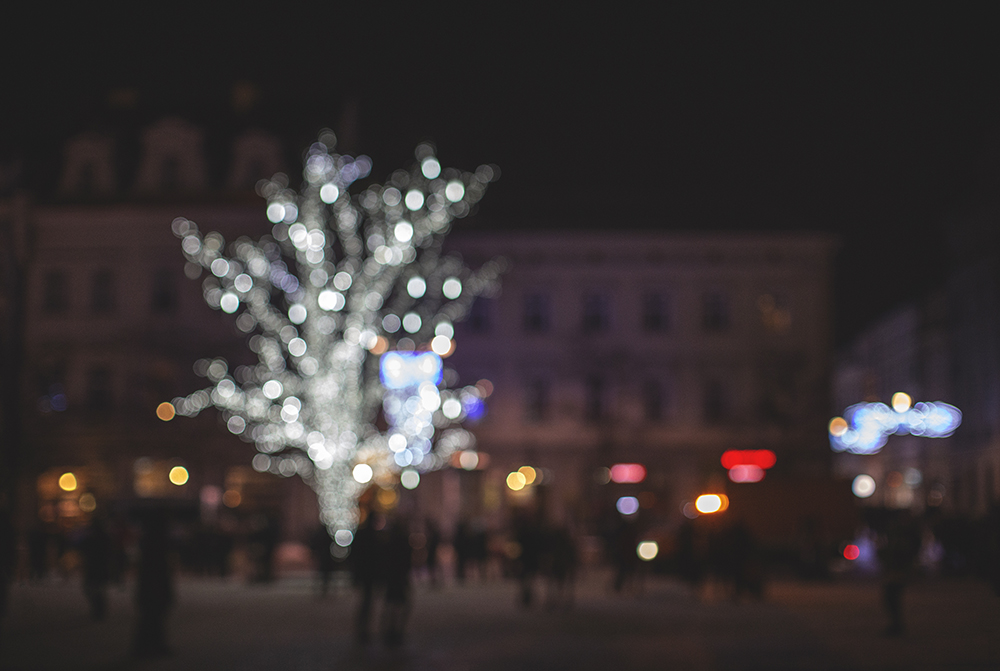
11. You can even use it in landscape photography. The forest is one of the places where beautiful bokeh can be found. Many small details in the background merge into a clear background. Blur is also often used in urban photography, for example car headlights in traffic jams.

12. Figured bokeh. Bokeh can be made not only in the form of circles, but also diamonds, hearts, stars and even snowflakes. To do it we need: cardboard (preferably black), a stationery knife, scissors and insulating tape. We cut out circles with the diameter of our lens, and you need to place a figure in the center, attach it to the lens and try.
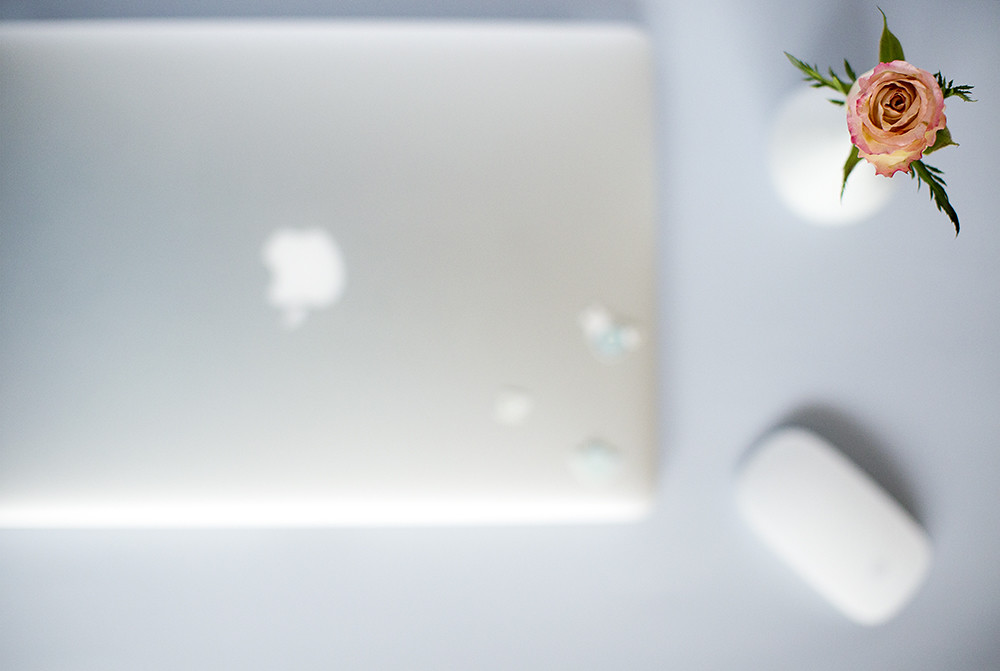
13. Photoshop. And you should not bother with “fast” lenses, different attachments and backgrounds, just simply create a bokeh in Photoshop, for example, use the Lens Blur filter. However, this blur will be different from the “real” bokeh.
14. Practice as much as possible. Go outside and take pictures. Especially because the New Year holidays and garlands will be everywhere.
Let’s bokeh?

